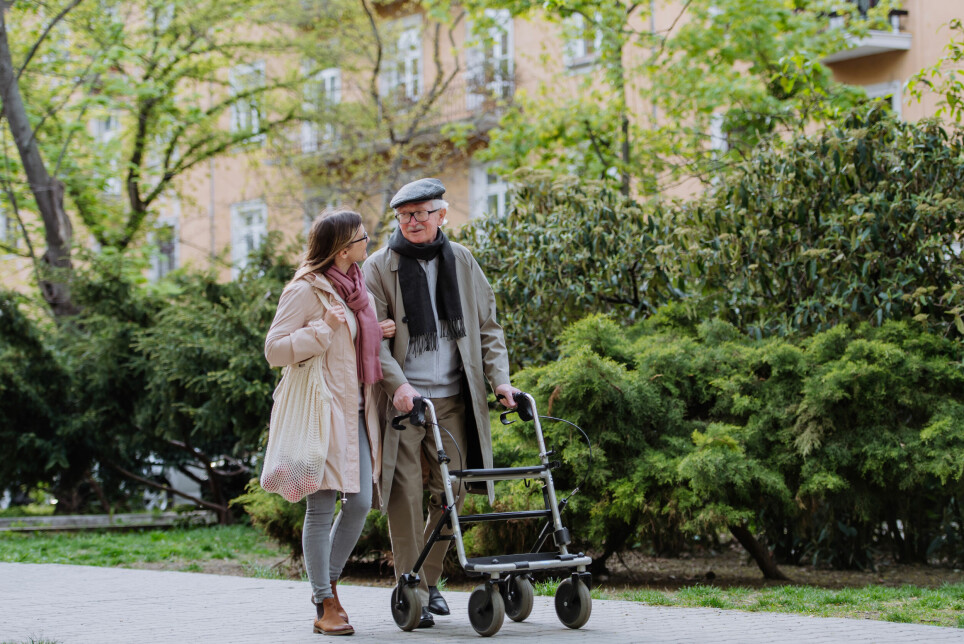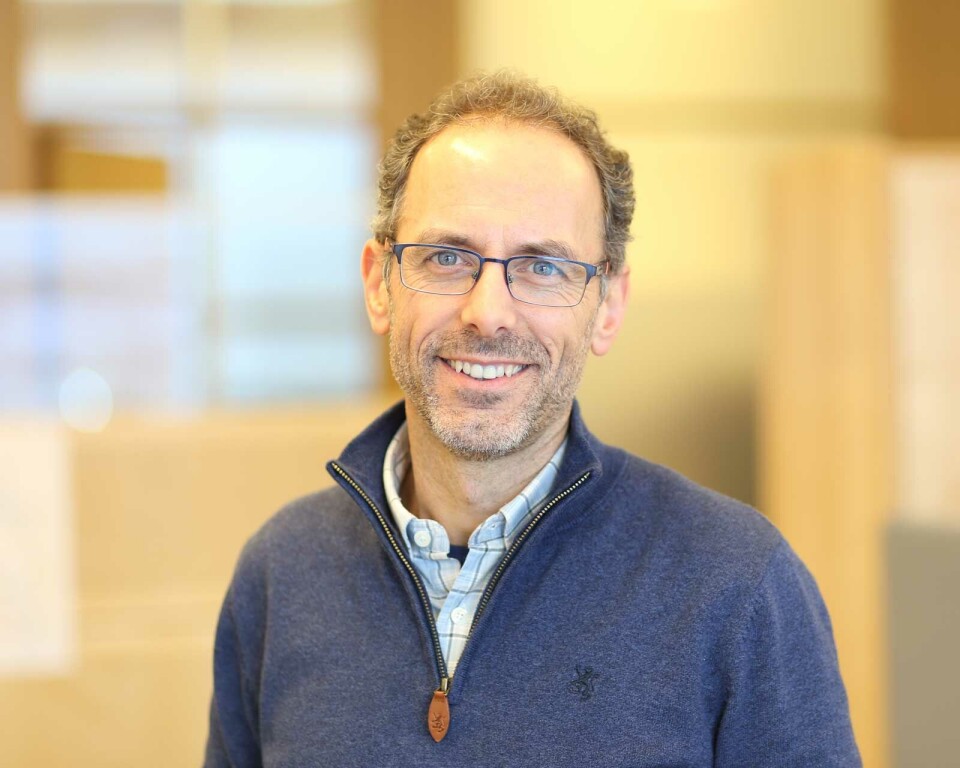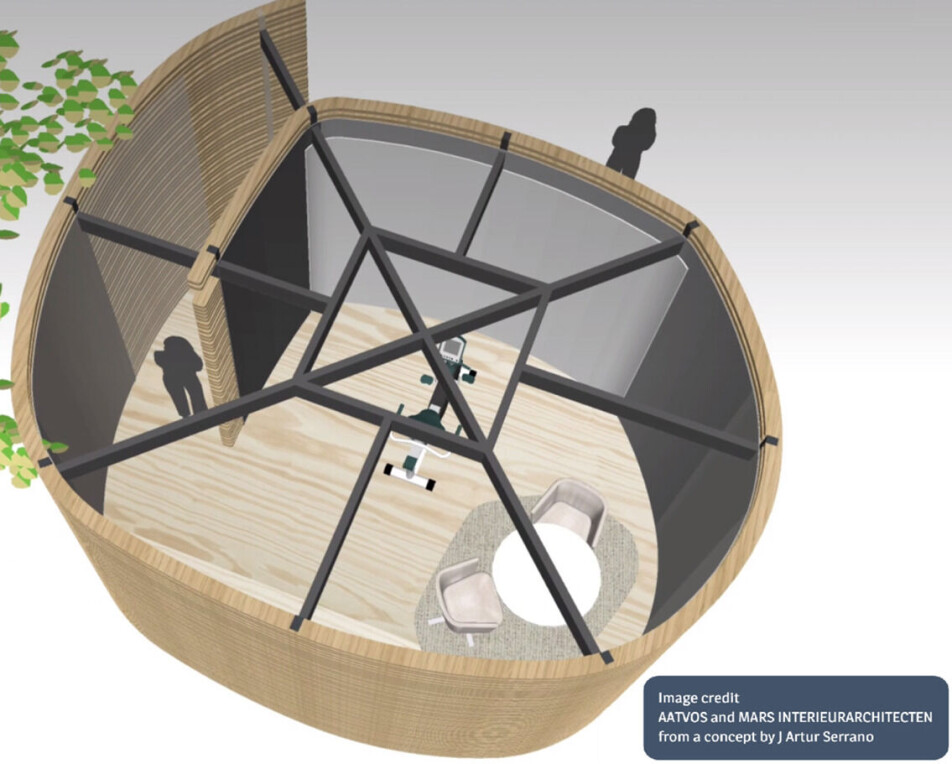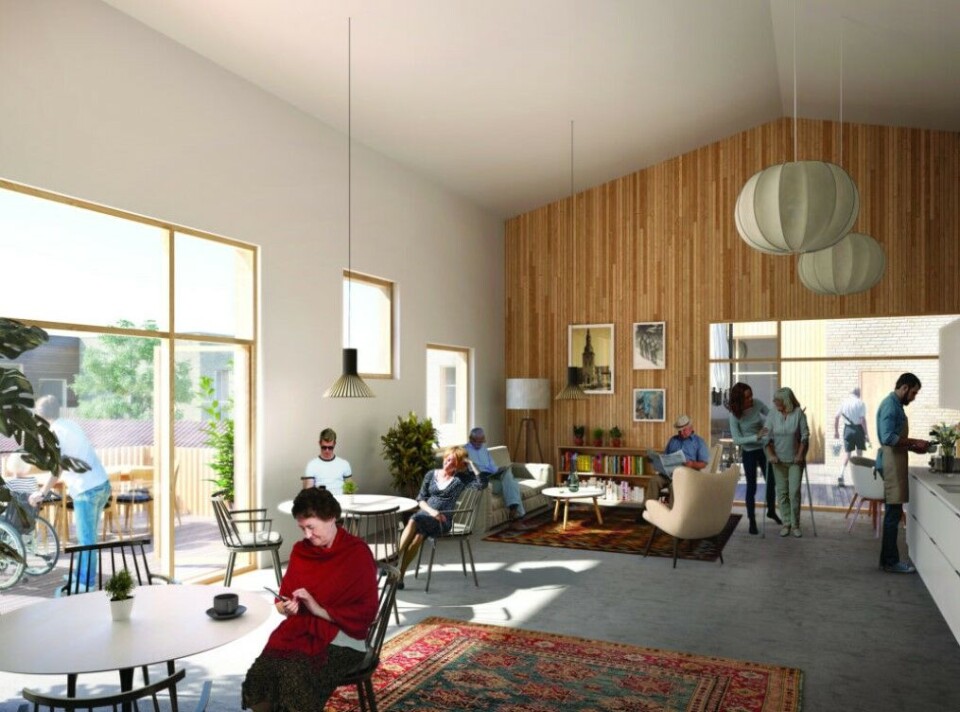THIS ARTICLE/PRESS RELEASE IS PAID FOR AND PRESENTED BY the Norwegian centre for E-health research - read more

From social robots to dementia villages: People must be trained in using digital technology in care
It is urgent that we create societies that are good for everyone to live in. People are now being trained for new health technology jobs. These professions of the future hardly exist yet, but are already important.
Often, we hear or read that something is going to happen in the future. That we must prepare ourselves for something that is going to happen, that we have to 'set ourselves up' so that we can handle these coming challenges.
But what if the future is already here? And the challenge is that we can’t adapt quickly enough?
“We have to think creatively. It’s more important than ever that we cooperate to build good societies and healthcare, supported by technology.”
This is what Professor Artur Serrano at NTNU, the Norwegian University of Science and Technology says. There, he works at the Department of Neuromedicine and Movement Science. For over thirty years he has been working with research and innovation. He also worked at the Norwegian Centre for E-Health Research for many years.

A variety of prototypes
More and more universities are offering courses and degrees in healthcare technology and health innovation. The possibilities of technology must be taken advantage of, and employees need new competence, especially because there is a shortage of workers in the health sector.
At NTNU they have therefore started an interdisciplinary course, which is concerned with creating innovative societies with the healthcare technology of the future. Here, students can think creatively and make prototypes for new technological services.
The classroom is called a 'village' and is led by Serrano. The students are put into groups and explore different challenges, and then make prototypes that solve them.
Some of the themes have been:
- How can social robots and sensor technology help patients with dementia?
- How can doctors follow up patients with COPD or heart failure digitally?
- How can artificial intelligence contribute to map the condition of people with dementia?
- How can technology be used to counteract loneliness and depression?
Serrano argues that new ways of thinking are needed in the health sector. The 25-30 students that take the course every year have different professional backgrounds and experience. Technologists, social scientists, architects, medical students, nursing students and others have all taken the course.
“The diversity of competence is important, it gives the participants the chance to think creatively. The way we interpret needs is different, and this is something we’re looking at. The goal is to find many different solutions," Serrano says.

Interdisciplinary innovations
The health services that are created need to be sustainable. How do you get a hold of people, how does the organisation prepare, and who is going to pay for the new solutions?
Serrano has several experiences from research projects where they make good prototypes that have ended up in a drawer when the funds were used up.
“It’s hard to scale up the technological tools. We need to educate people in how they can use digital technologies in care. We need suppliers that offer technology that works in daily operation. Organisations that support everyone in innovative work is needed,” he says.
Competence on digitalisation and social robots is built by researchers, healthcare workers and citizens alike. Connections between academia and tech companies need to be made.
Serrano highlights LIFEBOTS as an international project. The 13 partners come from countries including Spain, Switzerland, Romania, and South Korea.
“We’re developing strategies and cooperating between industries, universities and non-governmental organisations. We need to work with innovation across disciplines if we’re going to benefit from social robots. We’re looking at all of society, ethics, and laws. Our starting point is always the users’ needs,” Serrano says.
Customised sense stimulation
More and more people worldwide are getting dementia. This is because our health is better, and therefore we live longer.
In the project SENSE-GARDEN, which began in 2016, researchers have investigated how technology can improve the quality of life for people with dementia and their caregivers.
By making physical sensory rooms, people can see pictures and films, and hear music that is filled with memories and meaning. These feelings can connect them to reality.

Serrano says that they are studying how sensory stimuli affect the amygdala, which in turn affects memory. The amygdala is a part of the brain that is particularly important for learning, memory and social behaviour.
“Dementia is one of the biggest health challenges. Therefore, it is important to find out what can improve cognitive function and quality of life,” Serrano says.
The project has established sensory gardens in four countries: Belgium, Portugal, Romania, and Norway.
Research shows, among others things, that healthcare personnel at care institutions felt that they got to know their patients and their needs better by doing activities in the sensory garden.
A small study done at a hospital in Romania showed that the users' health benefitted from the measure.
“Now we wish to get more knowledge through more studies,” Serrano says.
Growing garden cities
The Norwegian Dementia Plan 2025 states: “A dementia-friendly society is a better society for all. A society that promotes inclusion, equality and understanding of individual needs and challenges."
Some people with mild dementia can live at home for a period of time with follow-ups. This can be done either physically or digitally with healthcare professionals, and tools like sensor technology, safety alarms, and GPS can be installed in the patients home.
Others with cognitive impairment can’t live at home. According to Serrano, garden cities, also known as 'dementia villages', are being built several places across the country.
“It’s much better than living on a closed ward in a nursing home. The goal of a garden village is to offer a sense of everyday life within the institution, with shops, cafés, culture, and outdoor areas. This gives patients both freedom and social interaction within a safe framework,” he says.

In Norway, they are inspired by places like Hogeweyk in the Netherlands, who were one of the first to try out the concept. In Queen Ingrid’s garden (link in Norwegian) in Oslo, which opens in 2023, they want caregivers, visitors and volunteers to actively participate in the garden village.
“We’re going to research the new living situations, how they work for residents and employees. What is the role of digital technologies here? And how can we show that it’s exciting to work in health care? Those are some of the questions,” says Serrano.
Reference:
Ciobanu et al. Case Series of an ICT-Based Multimodal Intervention Pro- gram for People with Major Neurocognitive Disorders: The SENSE-GARDEN Project, HSOA Journal of Gerontology and Geriatric Medicine, 2022. DOI: 10.24966/GGM-8662/100137
Goodall et al. Towards personalized dementia care through meaningful activities supported by technology: A multisite qualitative study with care professionals, BMC Geriatrics, vol. 21, 2021. DOI: 10.1186/s12877-021-02408-2

This article/press release is paid for and presented by the Norwegian centre for E-health research
This content is created by the Norwegian centre for E-health research's communication staff, who use this platform to communicate science and share results from research with the public. The Norwegian centre for E-health researchis one of more than 80 owners of ScienceNorway.no. Read more here.
See more content from the Norwegian centre for E-health research:
-
Technology in the health and care sector: "This is not just about new gadgets"
-
Five Nordic and Baltic countries take a major step toward the future of health research
-
A digital chatbot can help you stay fit
-
Researchers' advice for better healthcare services: Listen to the patient!
-
Half of those who received mental health care found errors in their medical records
-
AI can understand your medical records: A new language model could revolutionise healthcare





































